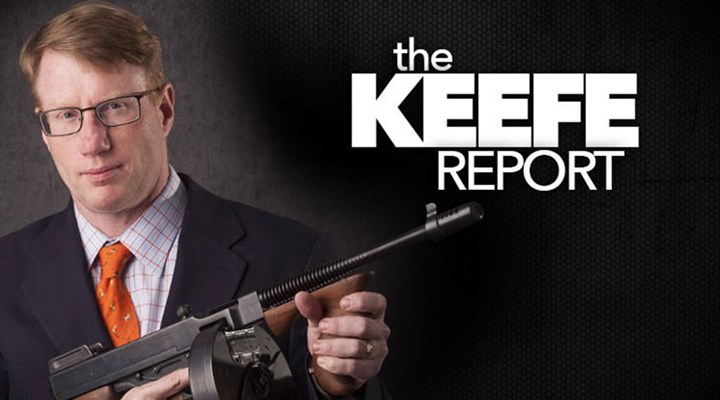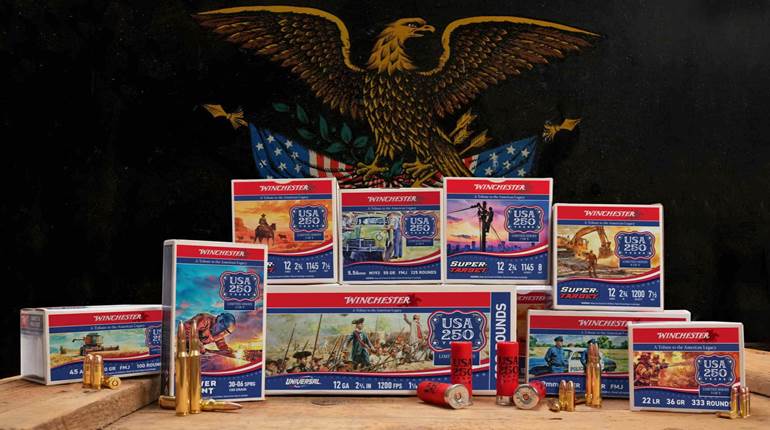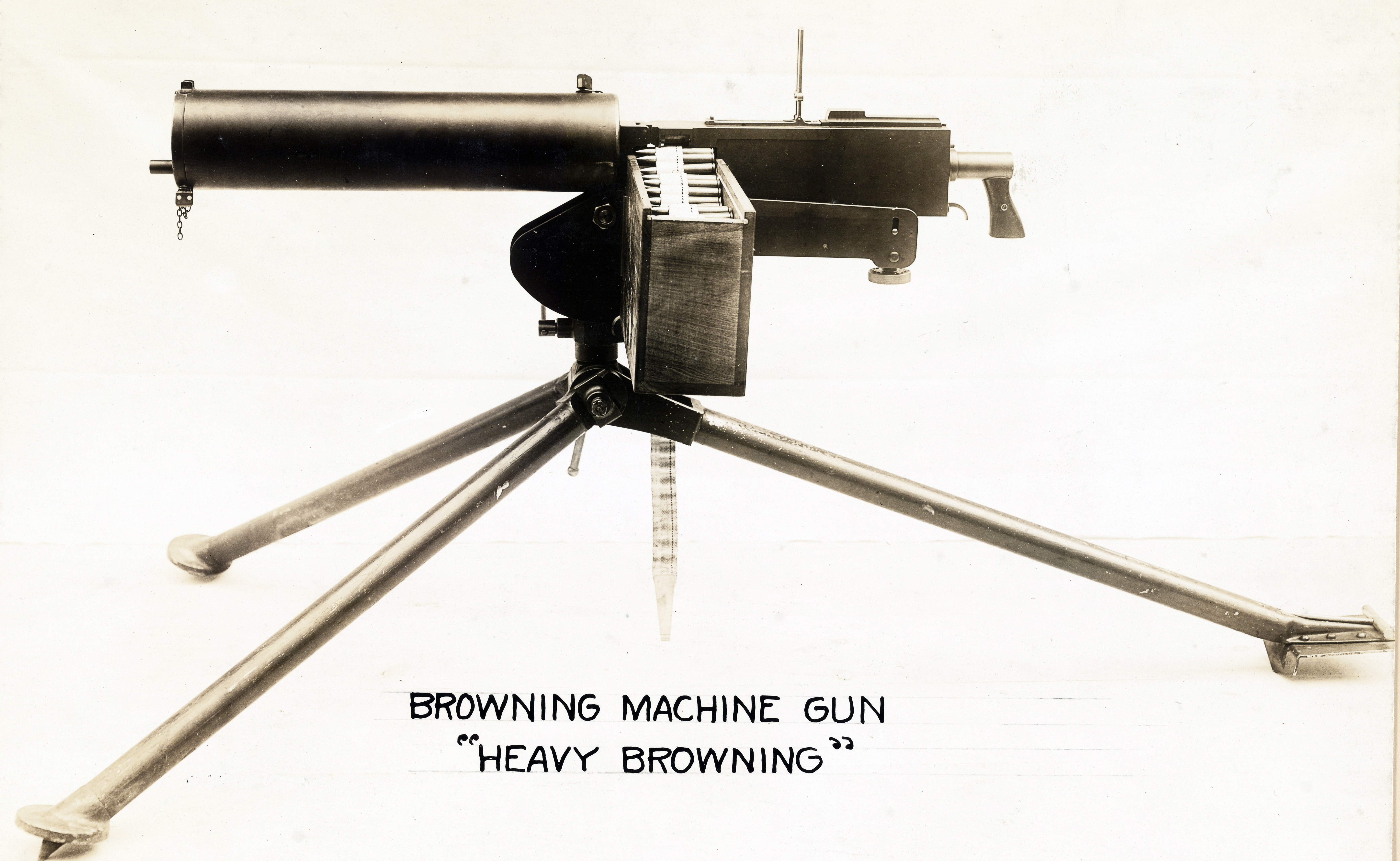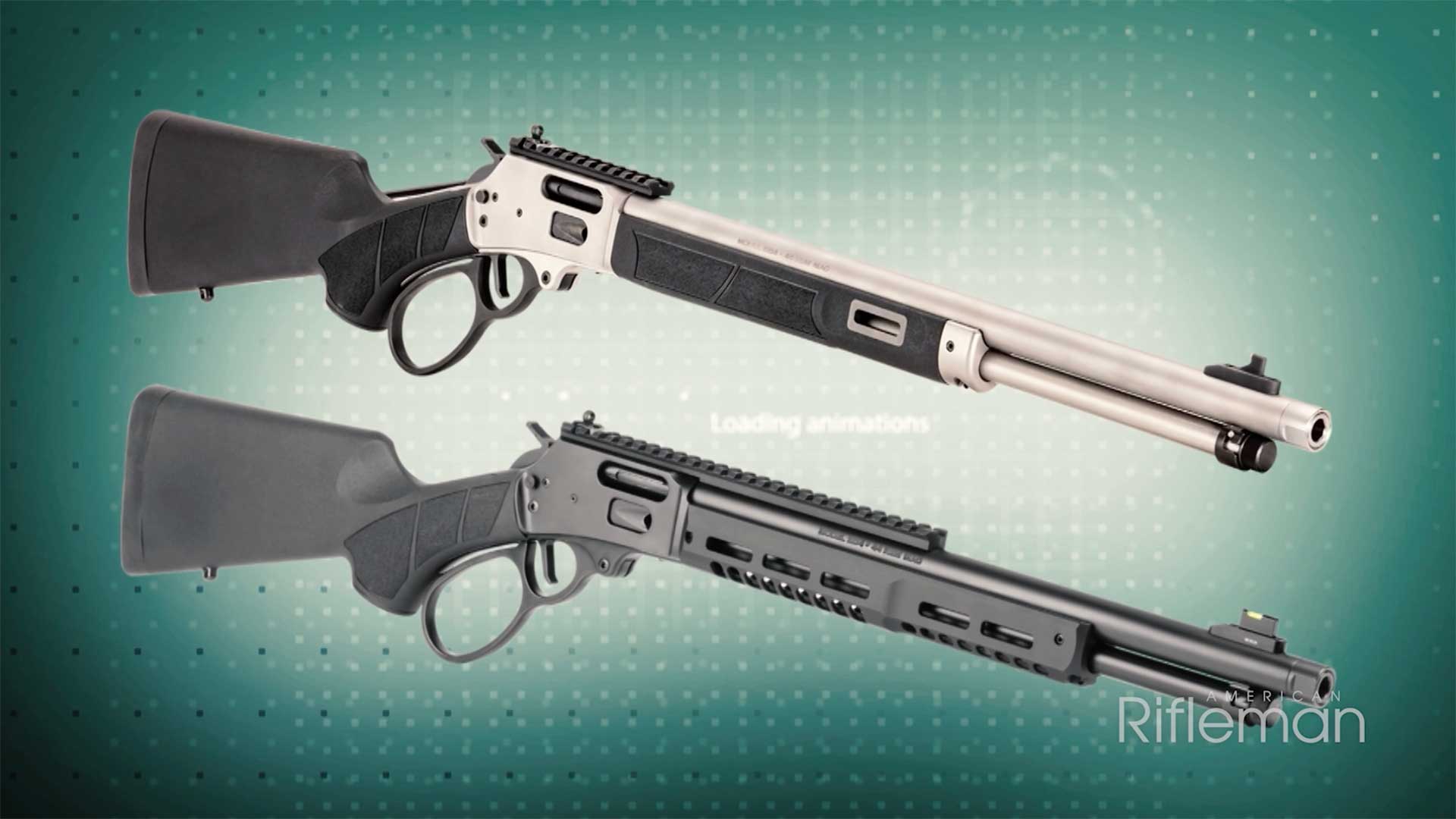
Since October 7, this question is coming up a lot more. I’ve just returned from the Remington Ammunition plant in Lonoke, Ark. Look for a couple episodes of American Rifleman Television to air on the Outdoor Channel next year.
I was there a few years ago, right after Remington Ammunition was bought by Vista Outdoor, and substantial raw material was flowing into that plant for the first time in quantity in years. At its lowest under previous ownership, they could make millions of rounds a day, but they only had material for 60,000 rounds a shift. Sad. And certainly not the case today. Nope. These American workers—and they represent the best of us—have excellent leadership, as well as the tools and material they need to maximize production.
That said, when Brian Godfrey and I rolled into the parking lot, it was full of employee trucks and some cars. Virtually everyone and everything was running full-bore. If someone is trying to hold anything back, it was not evident. Machines running, forklifts moving and full trucks of ammo rolling.
The ammunition manufacturers, the big ones, meaning Remington, Federal, CCI, Hornady and Winchester, are all running at full capacity. Then you have some of the mid-size manufacturers, but it won’t stay that way for long, including an expanding Fiocchi with its multiple plants, including at least one in Arkansas, too, are going full out to meet demand.
Ammunition companies make profit and pay their shareholders or ownership by making and selling large quantities of quality ammunition at a profit. Every day. If ammo piles up, management has failed. No one is failing right now. It’s the American way. It’s simple business.
World events have an unusual affect on people like us, though. You see the horrors that occurred in Israel, and the full-blown war going on in Ukraine and these things tell us to not only be prepared, but that we, personally, also probably need more ammunition. What did you do about it?
I have spoken with quite a few folks, both in person and on the phone, that have seen an uptick in demand when it comes to individual purchases of ammunition. This is completely understandable and, dare I say it, normal, considering abnormal external events.
One can never have too much ammunition. So long as it's stored properly, it can last for decades. But they’ve also spoken to me about scarcity at their local dealers. That scarcity has motivated some retailers to raise prices or limit the amount one can purchase.
But it’s not industry-wide. Or even nation-wide. There are a number of online retailers, and just so you know, one can buy ammunition online in the states that allow it, and they have not been tremendously affected in terms of availability. In previous high-demand periods, they were the first to sell out of common calibers. Right now, you can buy all the .30-30 Winchester or 6.5 mm Creedmoor you want, but 9 mm, 5.56 NATO and 7.62 NATO/.308 Winchester are harder to find—especially locally, which is how many of us buy ammo.
And it’s not because foreign military contracts are sucking up the commercial supply. It is simple consumer demand that's increasing. These are separate supply chains. Military pack-and-ship operations are different than loading boxes of UMC or “White Box.”
In light of world events, it’s almost like a normalization. As Americans, we are constantly threatened by the criminal element that our judicial system refuses to address, so we are on our own. Whatever comes, be ready. Have the tools you need.
The prices for ammunition going into distribution has been fixed since the last deal made, likely last fall, and it’s not the people making the ammunition raising prices—even though raw materials have gone up quite a bit.
It’s the people between you and them. That’s profit and opportunity. One may not like it, but it is just Econ 101.
Consumers will dictate what demand actually is and pay what the market will bear—and it pays to shop around.




































